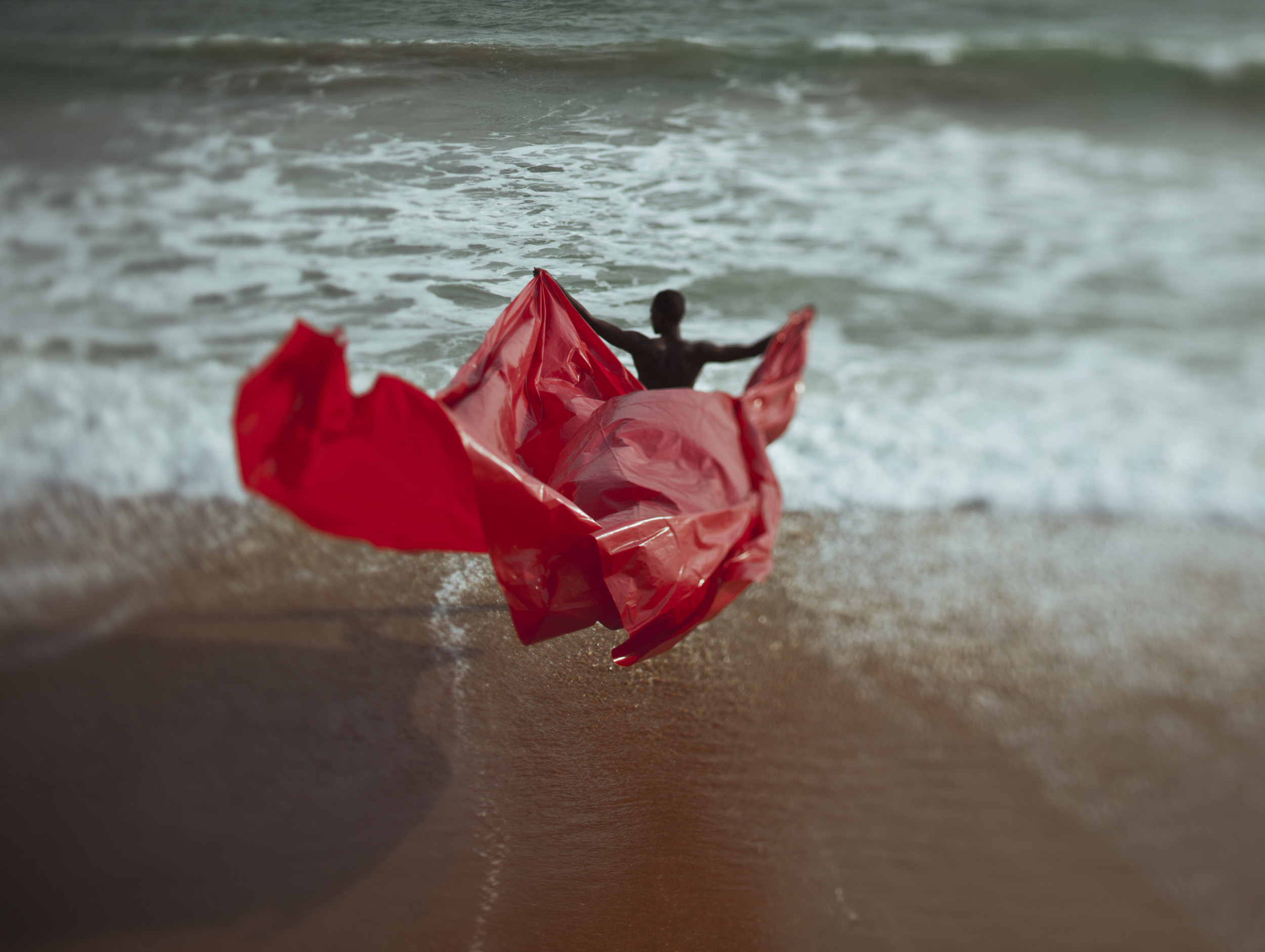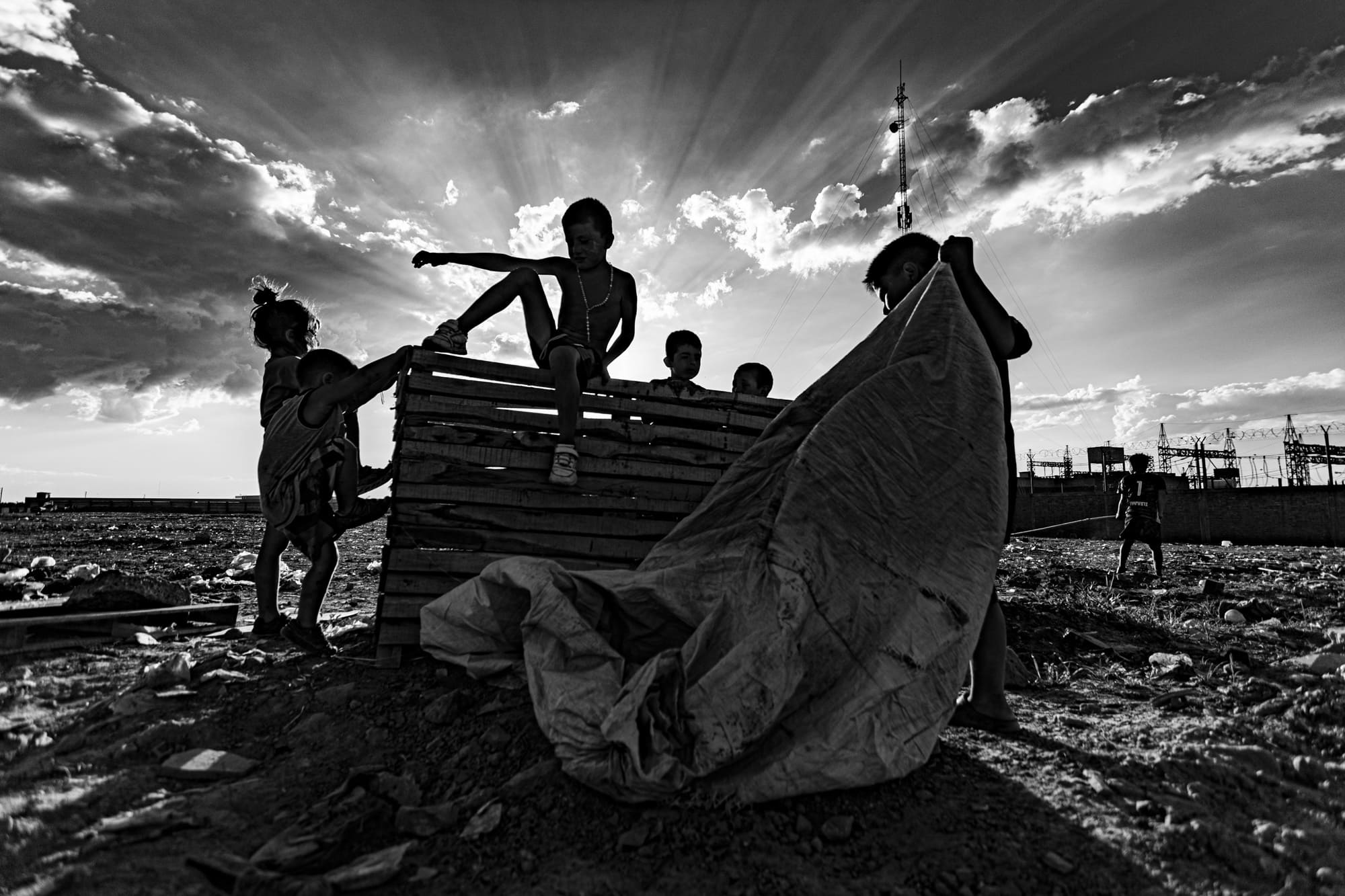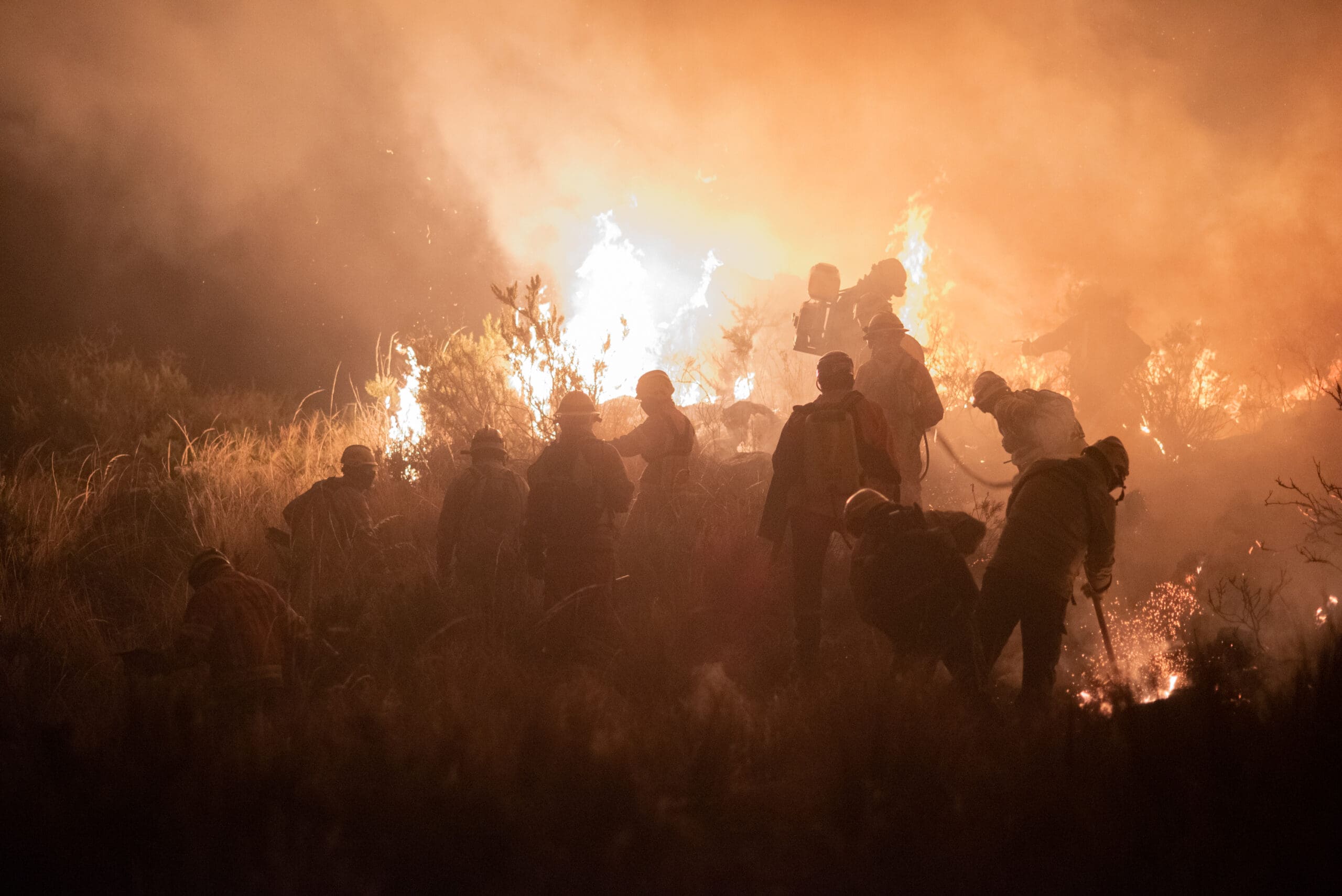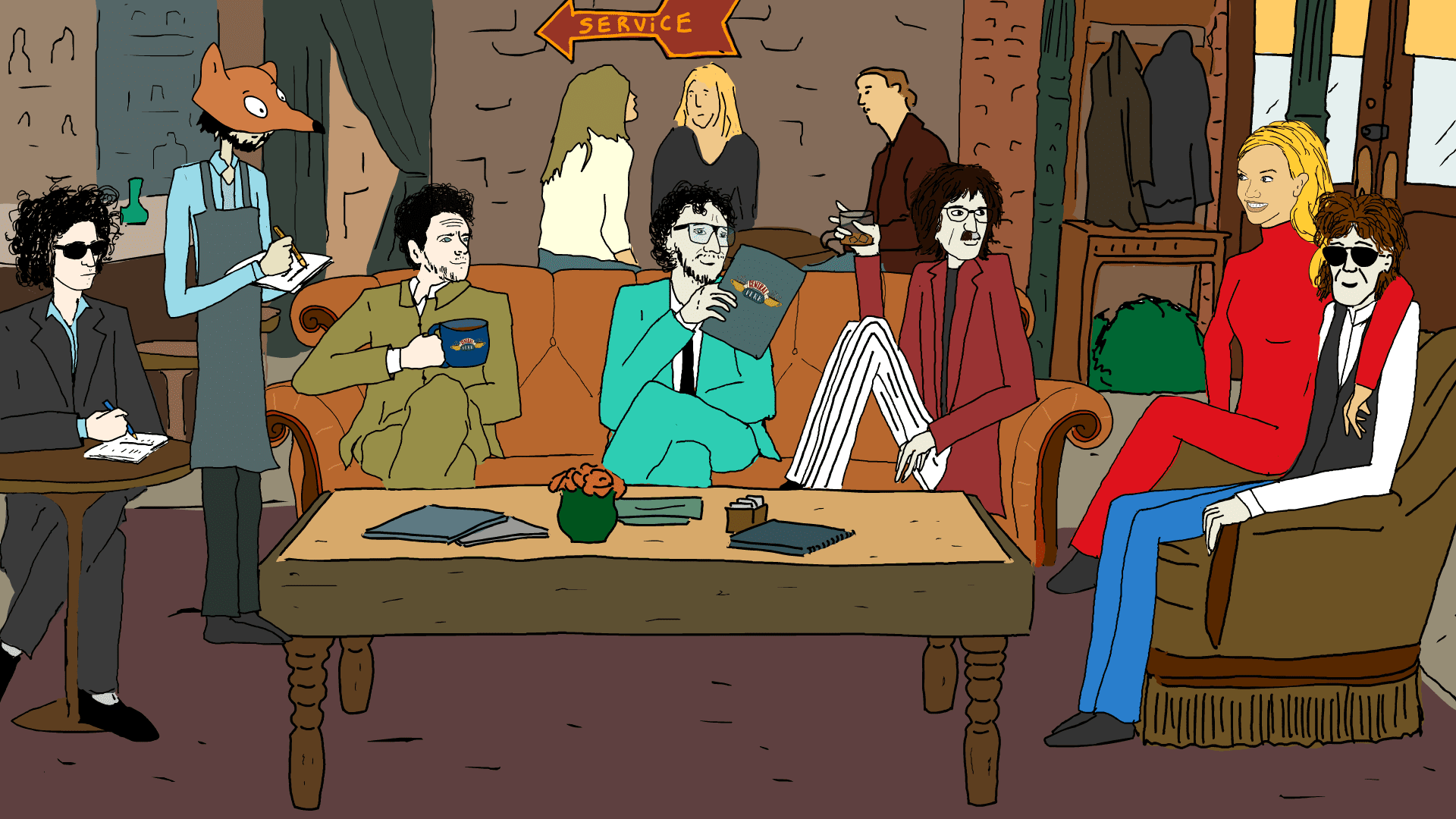In the middle of a ceremony in Haiti, photographers Cristina de Middel and Bruno Morais saw a hen walking along a stone wall. They did not imagine it, nobody told them. They were at one more stop on their journey between Africa and America to rebuild the routes of Esu, the African god who accompanied slaves from one ocean coast to the other.
Cristina and Bruno had met a few years earlier in Rio de Janeiro. It was the second time she was in Brazil to photograph the favelas in Rio. A mutual friend introduced her to Bruno, also a photographer, to accompany her on her work days. She had been interested in African religions for some years. He knew them from the inside: he had practiced one of them for more than a decade.
Together they traveled from Brazil to Benin, from Benin to Cuba, from Cuba to Haiti following in the footsteps of Esú, the god of crossroads and one of the most enigmatic entities in the West African cosmogony. Midnight at the Crossroads documents the transformations of this spirit: totem in Africa, child in Cuba, young man in Brazil and old man in Haiti.
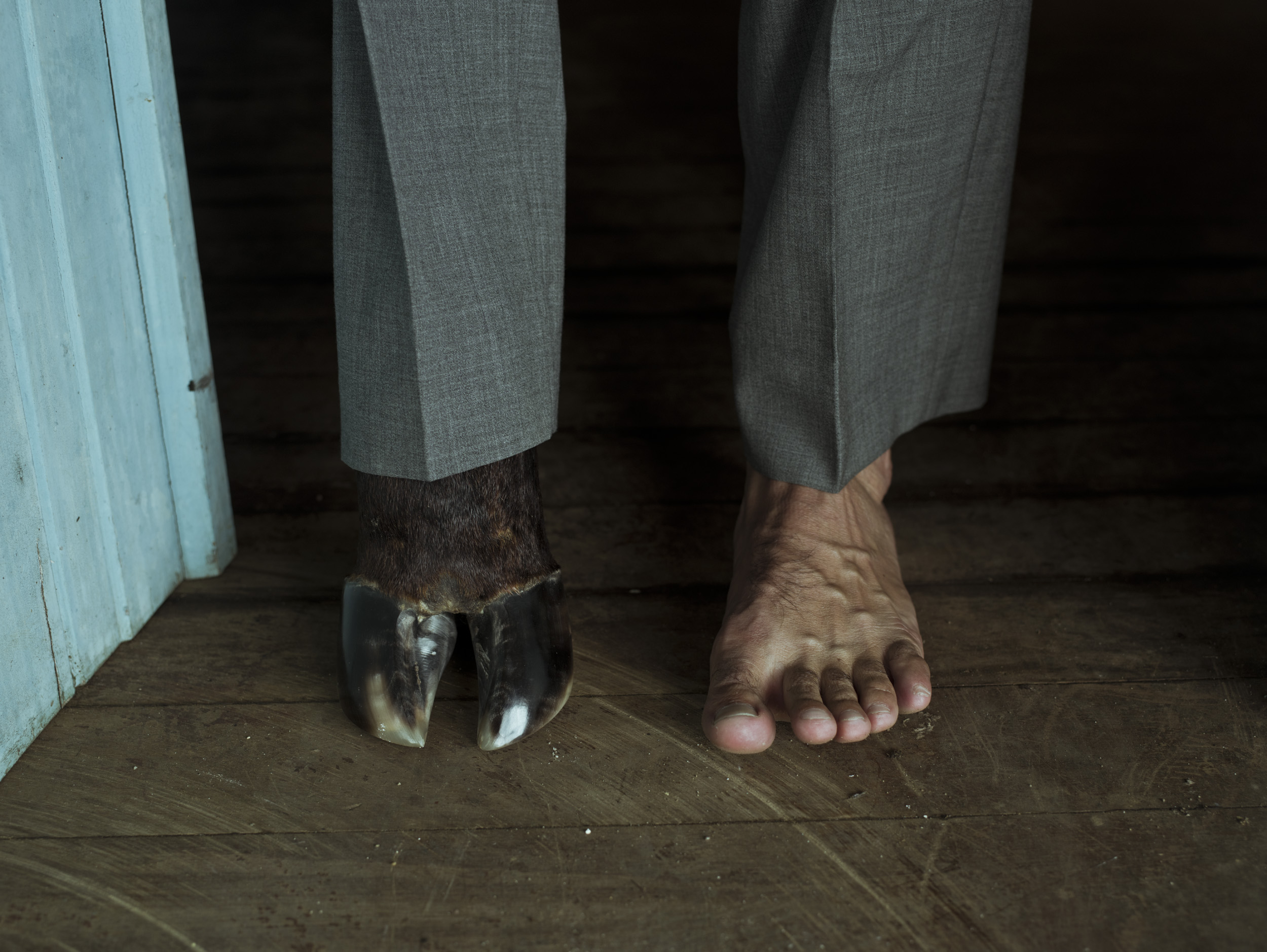
They spent two months in Benin with a grant from the Zinsou Foundation. In Damohey, a city of clay palaces, they visited all the altars of Esú: those that protect the city, those that protect the neighborhood, those that protect the street and those that protect the houses. Two motorcycle guides picked them up. “Each altar has a person who takes care of it. You can go, give an offering, ask for what you want and leave,” says Cristina.
At each altar they went down to take photos and the guide paid the offering to the caretakers. At one of the stops the guide did not. Bruno and Cristina toured the place taking the photos and, when they were about to leave, one of the motorcycles did not start. They tried for twenty minutes without success. It just lit when the offering was delivered.
They went to Cuba twice to meet the boy Esú. The island, both say, is 100% voodoo and 100% Christian. There they attended a ceremony officiated by a scientist who worked in food control. In Brazil and Haiti, voodoo coexists with evangelical religions, which have been growing and becoming strong in those countries for decades. Today, evangelical discourse embodies that view of African religions as demonic.
Bruno started in Umbanda almost at the same time as in photography, about 15 years ago. “You have no role here, you are going to travel the world but you have nothing to do here,” a spirit once told him. “So I started a process of always thinking: I do not believe in God but I am seeing many miracles.” The trip with Cristina transformed him. “I started to take a closer look at the little miracles,” says Bruno.
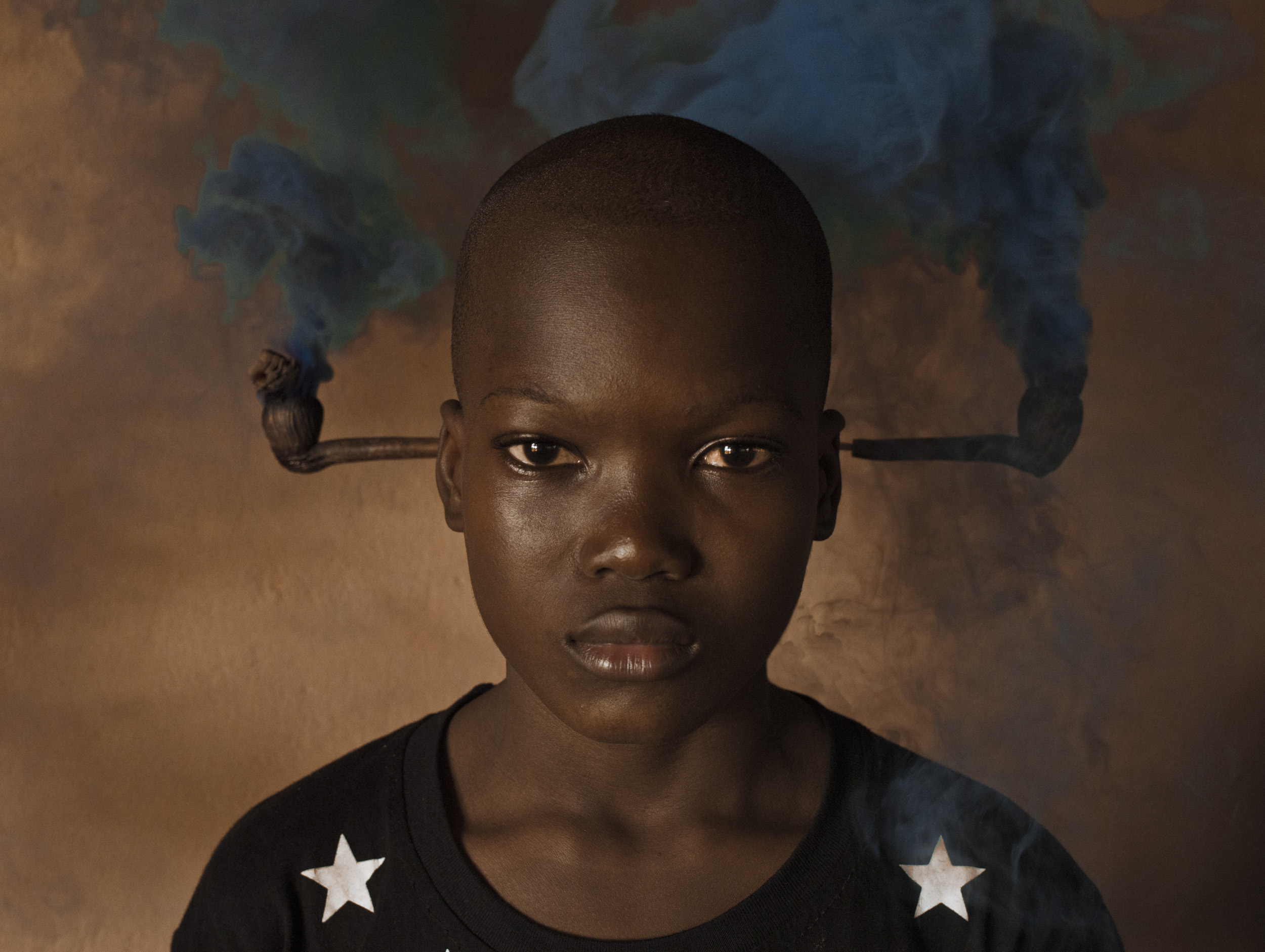
The day the chicken climbed a wall they were at one of the high points of the trip. It was a great temple, an open space between caves. They had prepared a meal that they brought with them for four hours on the routes of Haiti. The place was deserted. There was only the priest, the guide who accompanied them and the two of them. They handed over the offering and began to sing. The sound of their voices echoed in that roofless cave. The chicken appeared out of nowhere and unbelievably walked the walls. Later, a huge, brown butterfly flew between them. The offering had been accepted.
Another day, again in Haiti, they crossed a field for an hour until they reached a voodoo ceremony. The cabin was made of four sticks and palms on the roof. There, the peasants began to dance a waltz, a minuet of mockery towards “the lords”, a dance in the process of disappearing that however, that afternoon was so alive.
“That was one of the moments in which we felt most privileged,” says Cristina, “because we could see how Africa and the Caribbean mix and how slaves reacted to whites who were their owners, with cultures and power games that were so different that in the end the only thing that can come out is a joke minuet in a straw cabin”.
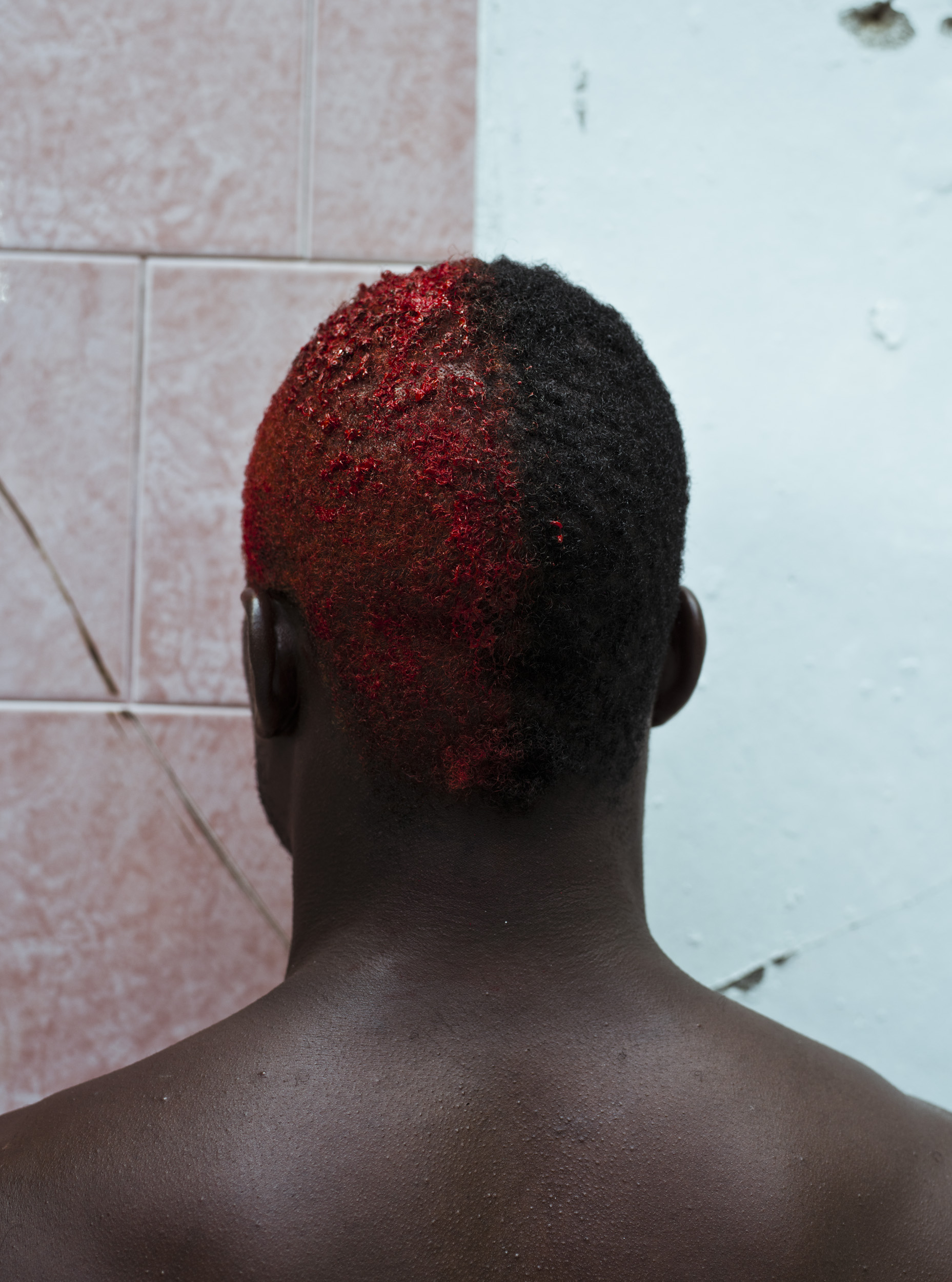
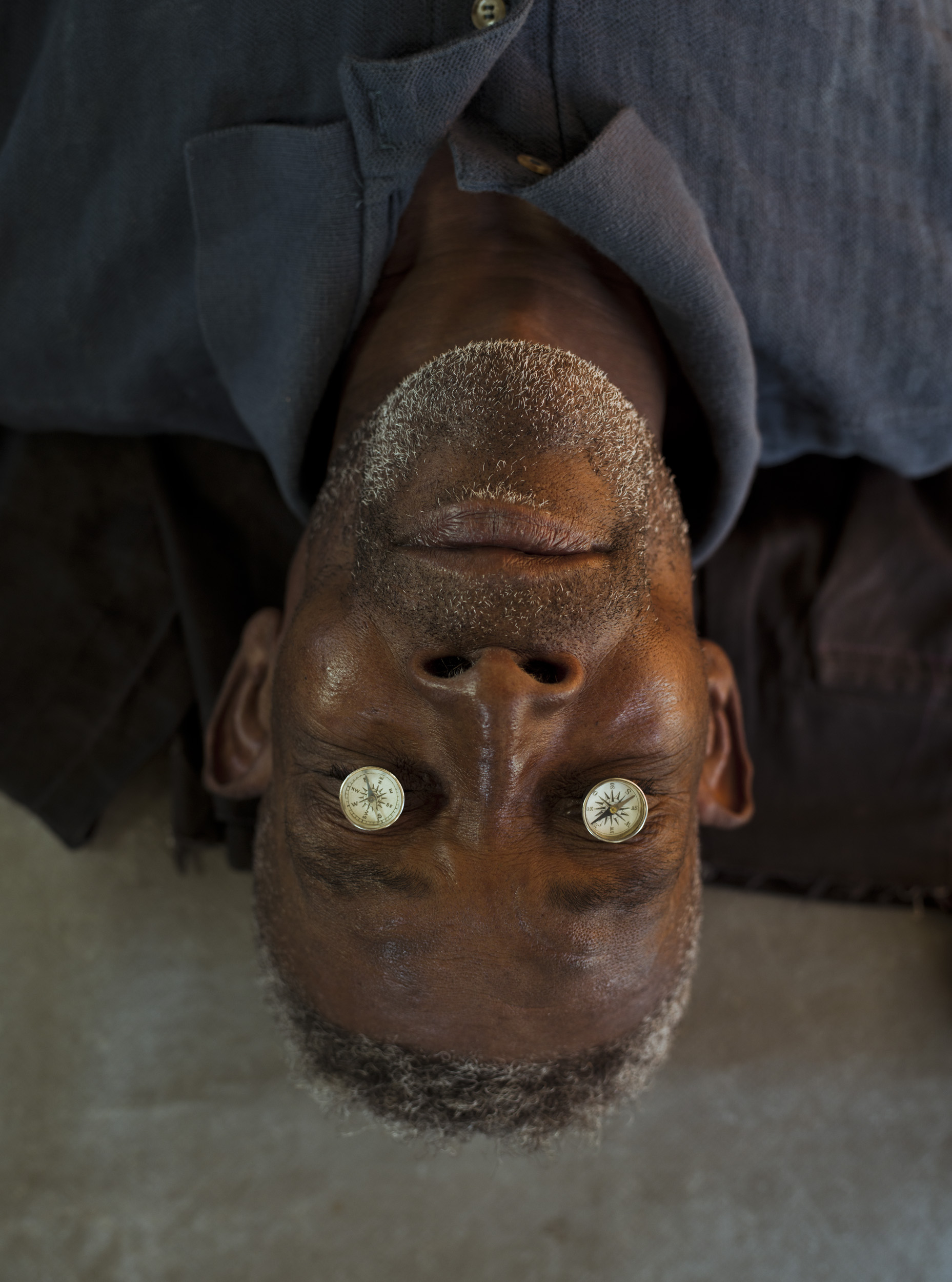
Esú is the energy of change and mutation, the spirit that questions our certainties and makes us doubt. A spirit that takes different forms as (like them) travels from place to place. Bruno and Cristina started the journey as friends and colleagues. Two years and thousands of kilometers later they were married in the same city in which they met. They did it, of course, in a voodoo ceremony.
Midnight at the Crossroads is a project that has lasted six years and in its last stage had the support of the Vist Foundation. The complete work can be seen on the Africamericanos website.
